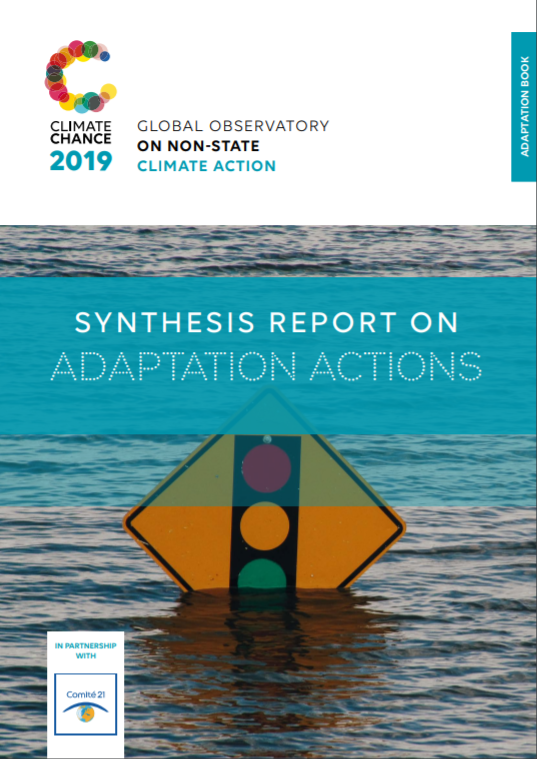
With little support in Katowice, adaptation still does not receive the equal attention to mitigation that it has been promised since Cancún. The creation of the Global Commission on Adaptation, at the start of 2019, along with the release of its first report in September of the same year, signal a desire to boost political and financial investment in adaptation among international governance bodies.
Although the costs of adaptation for developing countries are constantly on the rise, the international community is still lagging behind with its financial commitments: US$ 463 billion for the climate in 2016, with only US$ 22 billion for adaptation (= 4.75 %, Climate Policy Initiative, 2017), far from the initial commitment of 100 billion/year promised by developed countries. However, according to the Global Commission on Adaptation, the cost-benefit ratio of an adaptation investment can range from 2 :1 to 10 :1.
All studies on climate finance, however, show a clear increase in bilateral and multilateral funding for adaptation since 2016. Southeast Asia was the first recipient country. In particular, North-South flows benefit from the global rise in climate funding for developing countries. However, these amounts remain limited to small absolute volume, and in proportion to what mitigation receives, they are far from marking a change in the scale of adaptation financing. Bilateral institutions such as UKAid, or multilateral ones like the Green Fund, are still aiming for 50% for adaptation funding.
The development of markets and guarantees for green assets must make it possible to redirect private investment towards adaptation, notably for the least developed countries (LDCs) while reducing the financial sector’s exposure to the physical risks to which their assets are exposed.
In a context where the number of funds dedicated to adaptation is constantly growing and private investors are reluctant to take on high country-risks, clarifying criteria and consolidating monitoring tools can facilitate the financing of adaptation in the LDCs. Lacking common metrics and standard methodology for evaluating adaptation projects, it is difficult to assess the impact of measures and monitor investments. AFD, the World Bank and Citepa have recently tried to develop universal instruments that can be adapted to local contexts.
Key actors in local resilience, there are more and more cities declaring their commitment to adaptation with networks and international climate initiatives. However, all the academic studies that were produced since 2018 on cities’ commitment to adaptation show that less attention is paid to adaptation in local political agendas than to mitigation actions. With no binding regulatory frameworks (requiring local adaptation plans for example), voluntary action is still very minimal.
Action reports by local authorities present many continental asymmetries in a trompe-l’œil way. While European and North American local authorities are the quickest to communicate their planning approaches and actions, many “silent adaptations” elsewhere in the world are not included in the aggregated data. Not listed as such, these actions are struggling to access funding. Latin American local authorities have been very active in their adaptation reporting in recent years.
In terms of action, cities are still struggling to get out of the diagnostic stage and enter the planning and implementation phases. Policies implemented by local authorities tend to be polarised in regard to some visible risks (mainly when related to water) with a preference for well-identified “grey” adaptation measures, mainly located in urban areas.
The local adaptation of economic actors produces direct co-benefits for the overall mitigation of the sector. This is the case in agri-food, tourism or power generation sectors: reduction of demand and reorganisation of supply (less livestock, more proximity, decarbonation of electricity, etc.) are part of the same movement of holistic reorientation.
The range of adaptation strategies for certain sectors or services raises some ethical and political questions: the use of GMOs in the agri-food sector, artificial substitutes for natural resources (synthetic grass, artificial snow, etc.) or even the construction of seawalls on fragile coasts… confirm that the adaptation of certain local areas is a matter of strategic choices and requires governance mechanisms open to all stakeholders.

